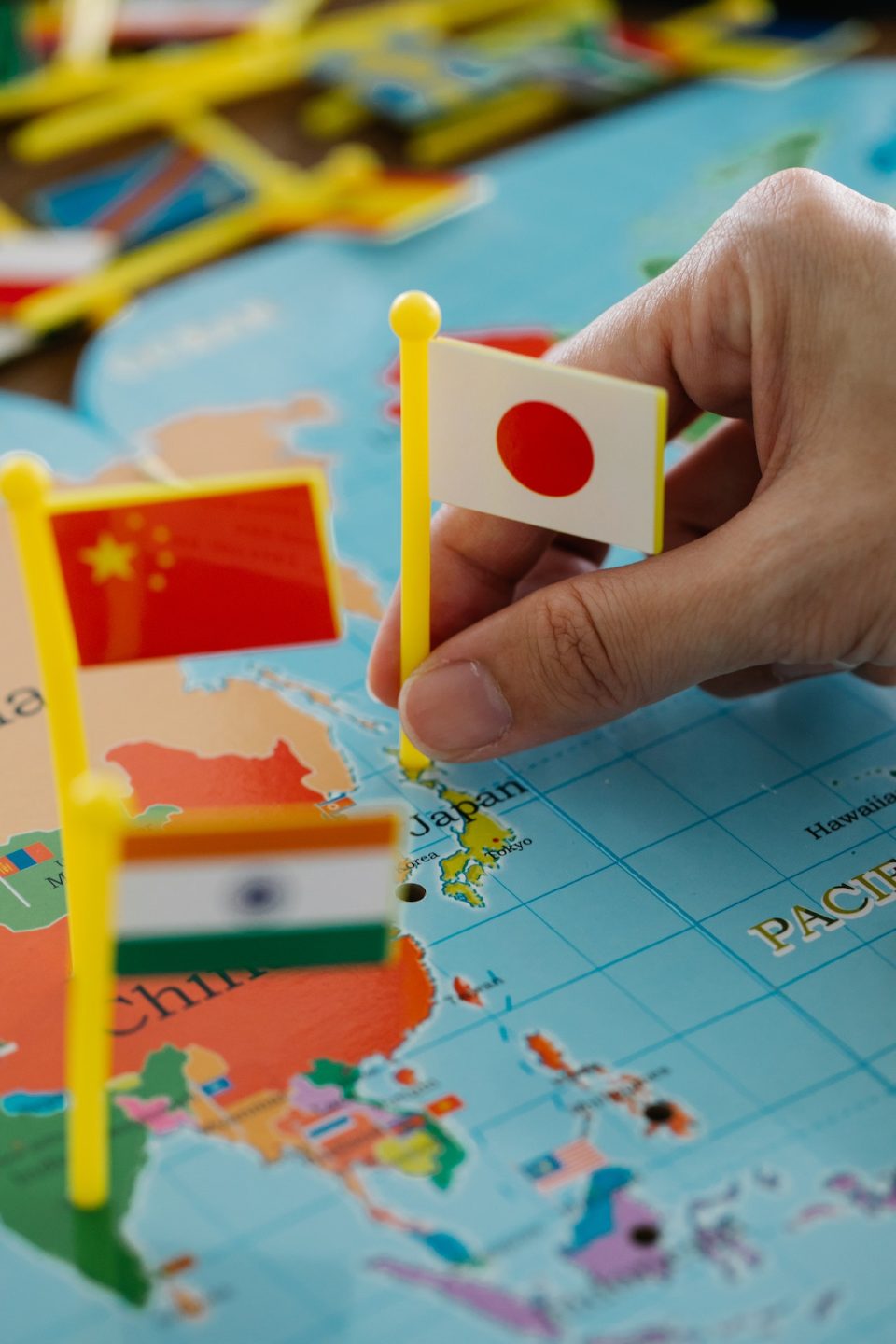In a worrisome development underscoring concerns of a global recession, exports of Japan witnessed a decline in July for the first time in nearly two and a half years. This decline was primarily attributed to faltering demand for light oil and chip-making equipment, signaling potential economic turbulence ahead. The latest data from the Ministry of Finance Japan revealed a 0.3% year-on-year decline in exports, a figure that caught economists by surprise, as a Reuters poll had anticipated only a 0.8% decrease.
Japan’s economic landscape has been considerably impacted by weakening demand in key markets, most notably China. Exports to China, which holds the position of Japan’s largest trading partner, plummeted by a staggering 13.4% year-on-year in July. The decrease was driven by substantial drops in shipments of essential commodities such as cars, stainless steel, and microchips. This decline follows a 10.9% decrease observed in the previous month of June.
The struggles in the export sector have raised concerns among Japanese policymakers who have long relied on exports to bolster the country’s economy, compensating for the blow taken by private consumption due to escalating prices. However, the confluence of factors, including a more pronounced global slowdown and China’s faltering economic growth, has cast a shadow on these expectations.
The Cabinet Office data has further illuminated the fragility of Japan’s export engine, with manufacturers bracing themselves for a potential slide in core orders during the current quarter. The weak offshore demand has been identified as a significant contributor to this impending decline. Such circumstances have placed the Bank of Japan in a challenging position, compelled to find the delicate balance between normalizing monetary policies and mitigating the risks associated with a potential external slowdown.
In a bid to address these concerns, the Bank of Japan made adjustments in its approach, maintaining its yield curve control (YCC) targets while allowing long-term interest rates to experience a controlled rise in tandem with increasing inflation and growth. The maneuver aims to navigate the nation through uncertain economic waters while keeping an eye on potential risks that could exacerbate the situation.
Amidst these unsettling developments, Japan’s core machinery orders experienced a modest uptick of 2.7% in June compared to the previous month. However, manufacturers have cast a shadow of doubt by forecasting a potential decline of 2.6% in the July-September quarter. While net exports are projected to offer a slight boost in the third quarter, the growth in the Gross Domestic Product (GDP) is anticipated to decelerate significantly.
The prevailing ambiguity surrounding the global economy places policymakers in a precarious situation, where they are tasked with skillfully managing the dual challenges of mounting inflation and dwindling exports. With export growth faltering and fears of a global recession taking firmer root, Japan’s policymakers find themselves grappling with the arduous task of reviving the economy’s dwindling demand.
As Japan’s policymakers chart a course forward, navigating through choppy economic waters, it is evident that formidable challenges lie ahead. The delicate task of resuscitating waning demand and rejuvenating the export sector necessitates astute strategies and a nuanced understanding of the intricacies of global economic dynamics.
Source: Reuters

